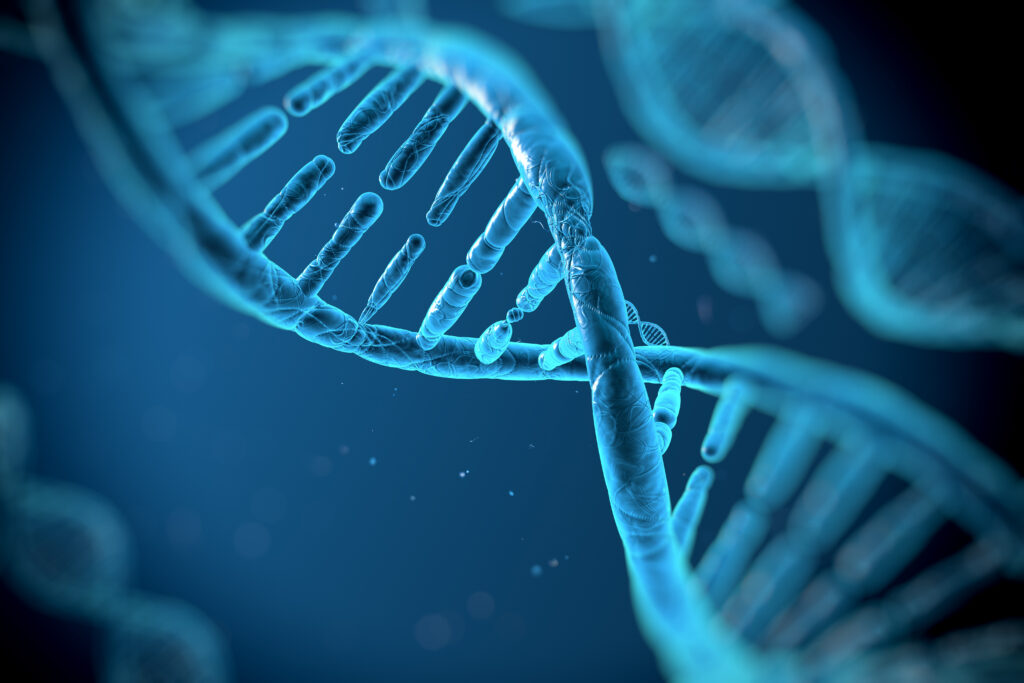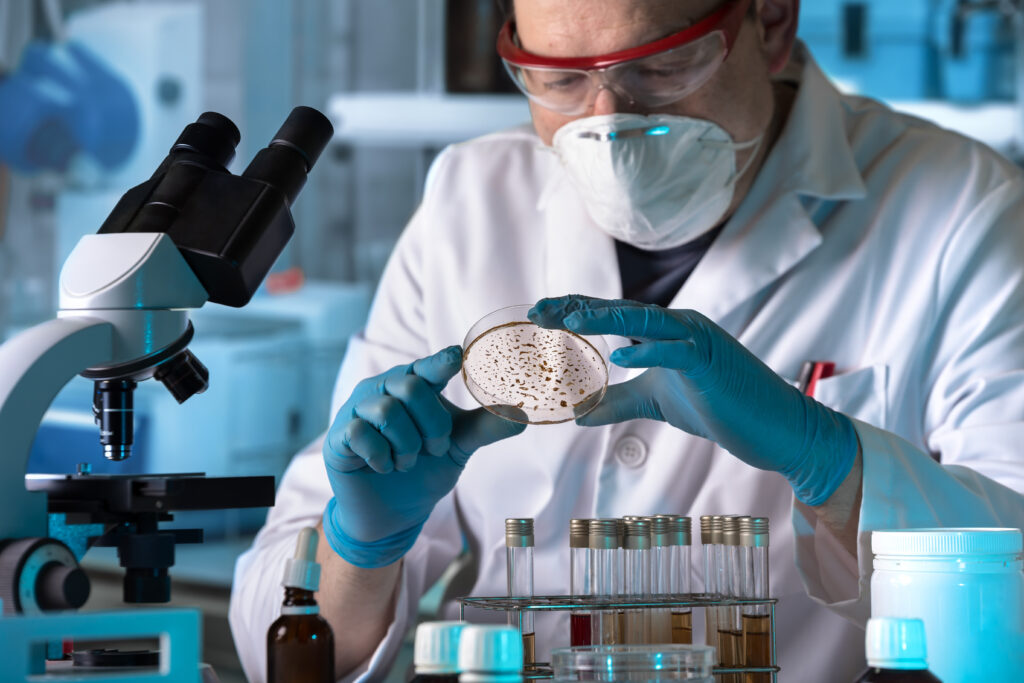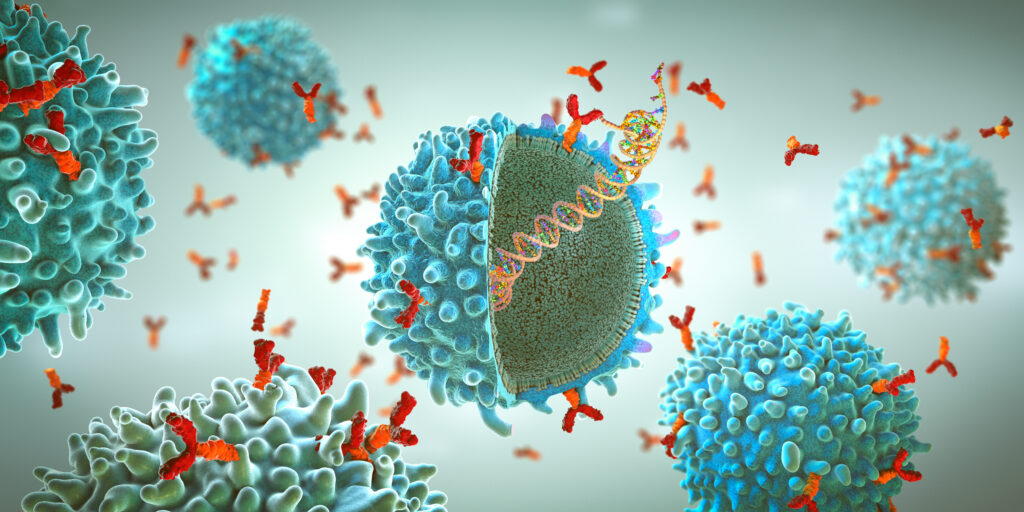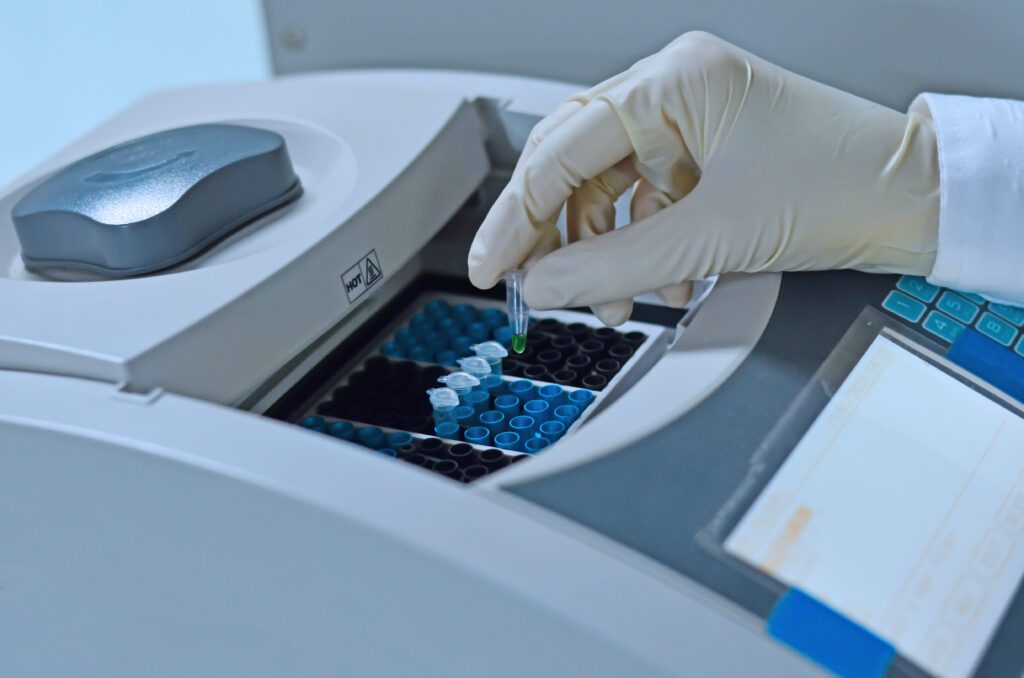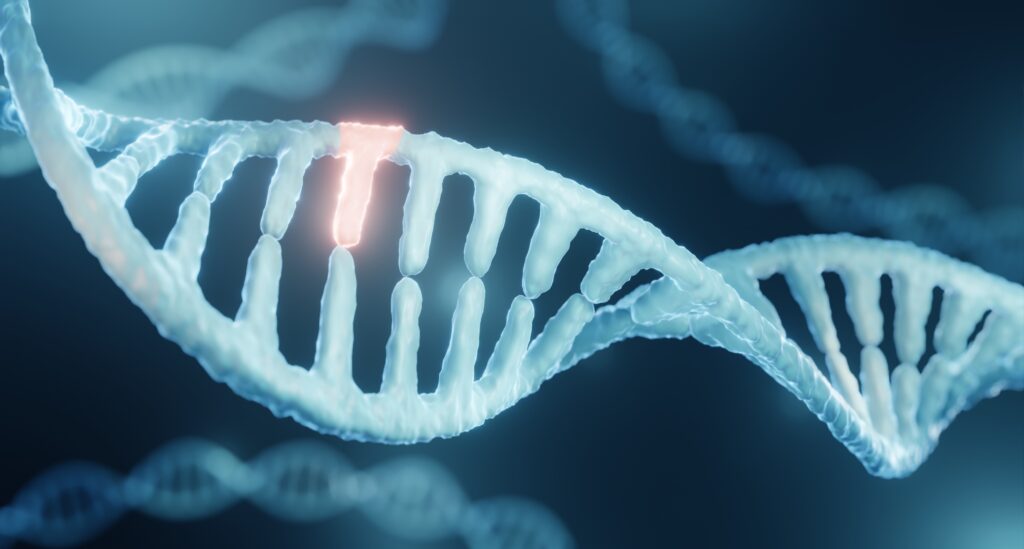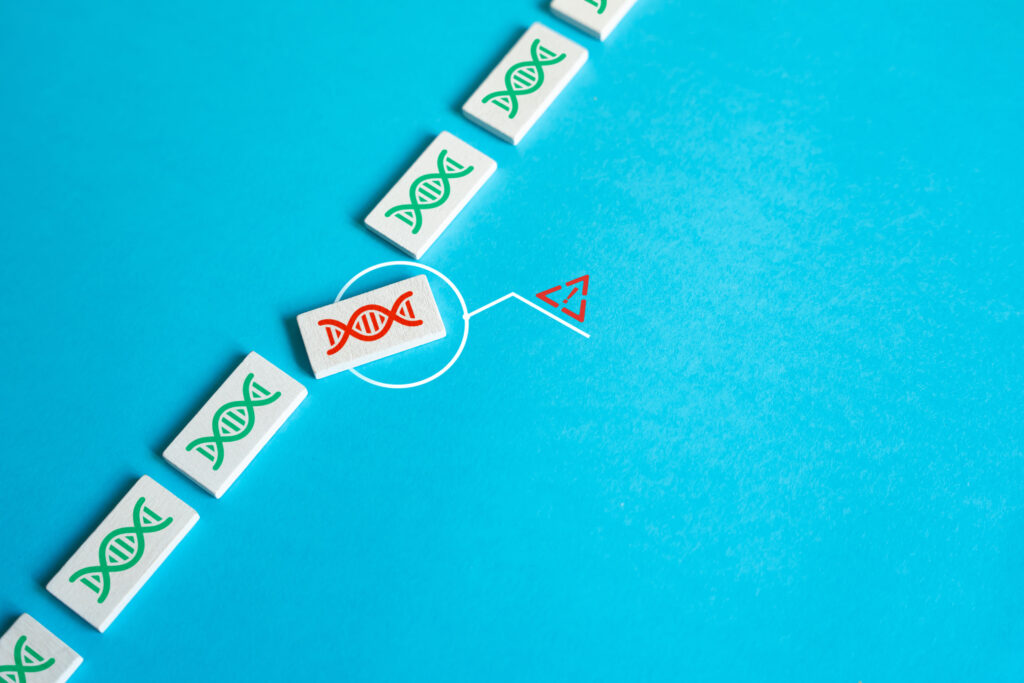
Waiting Longer for Two Mutations, Part 3
Dear Readers, An interesting paper appeared several months ago in an issue of the journal Genetics, “Waiting for Two Mutations: With Applications to Regulatory Sequence Evolution and the Limits of Darwinian Evolution” (Durrett, R & Schmidt, D. 2008. Genetics 180: 1501-1509). This is the third of five posts that discusses it. Cited references will appear in the last post. The third problem also concerns the biology of the system. I’m at a bit of a loss here, because the problem is not hard to see, and yet in their reply they stoutly deny the mistake. In fact, they confidently assert it is I who am mistaken. I had written in my letter, ‘‘… their model is incomplete on its own terms because it Read More ›

